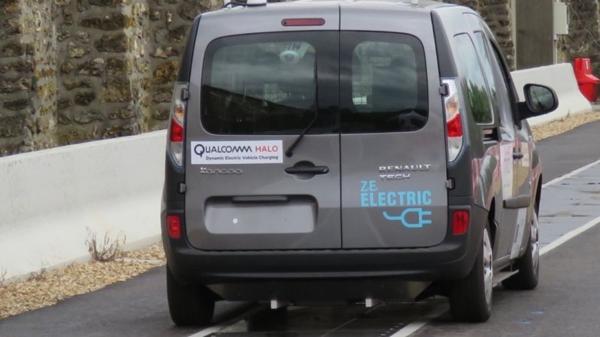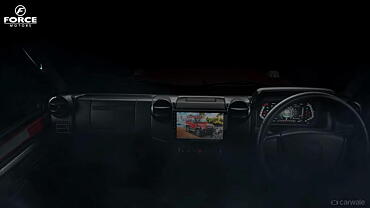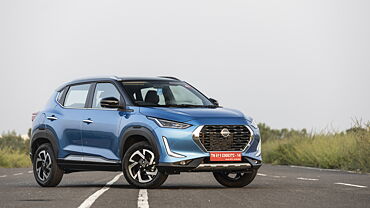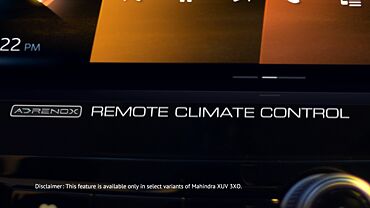Everybody’s heard about wireless charging thanks to smartphones. As a matter of fact, sources believe that this technology hasn’t yet received the resounding success it should have, and that its true application lies in the world of electric mobility. EVs are trying to work out their charging constraints and what’s better than charging-on-the-go? Let’s peep into what’s happening in this field.

Qualcomm is into the wireless telecommunication business and earlier this month they showcased their Halo wireless charging-system-on-the-go. This system can provide up to 20-kW of power - that’s good enough to charge an efficient mid-size or compact vehicle at low speeds, and also sustain the vehicle’s charge at speeds of about 120kmph. After digging deeper, we found out that the dynamic system uses the magnetic field from an energized primary coil which is placed on the road to produce electrical current in a secondary coil that’s placed in the EV’s charging pad. For better flexibility and to cover an appropriate section of the car, two 10-kW pads have been placed under the vehicle. So that we’re on the same page, the system can work up to a maximum height of 17.7 inches. This enables the road charging pad to be installed under the road surface and the height will still cover regular high-riding SUVs.
Qualcomm added that the system is efficient as it is spontaneously activated when an appropriate vehicle drives over it. The company says that the system can be easily incorporated into the road or installed in mass-produced concrete blocks. From there, it can be linked to a power grid and the power usage can be billed through the charging system provider or by a connected vehicle network. Qualcomm does not plan to build and sell its tech, but expects to license it to a number of suppliers instead. With ideas such as these and many more to come, eventually we should have a solution to charging-on-the-go.


























